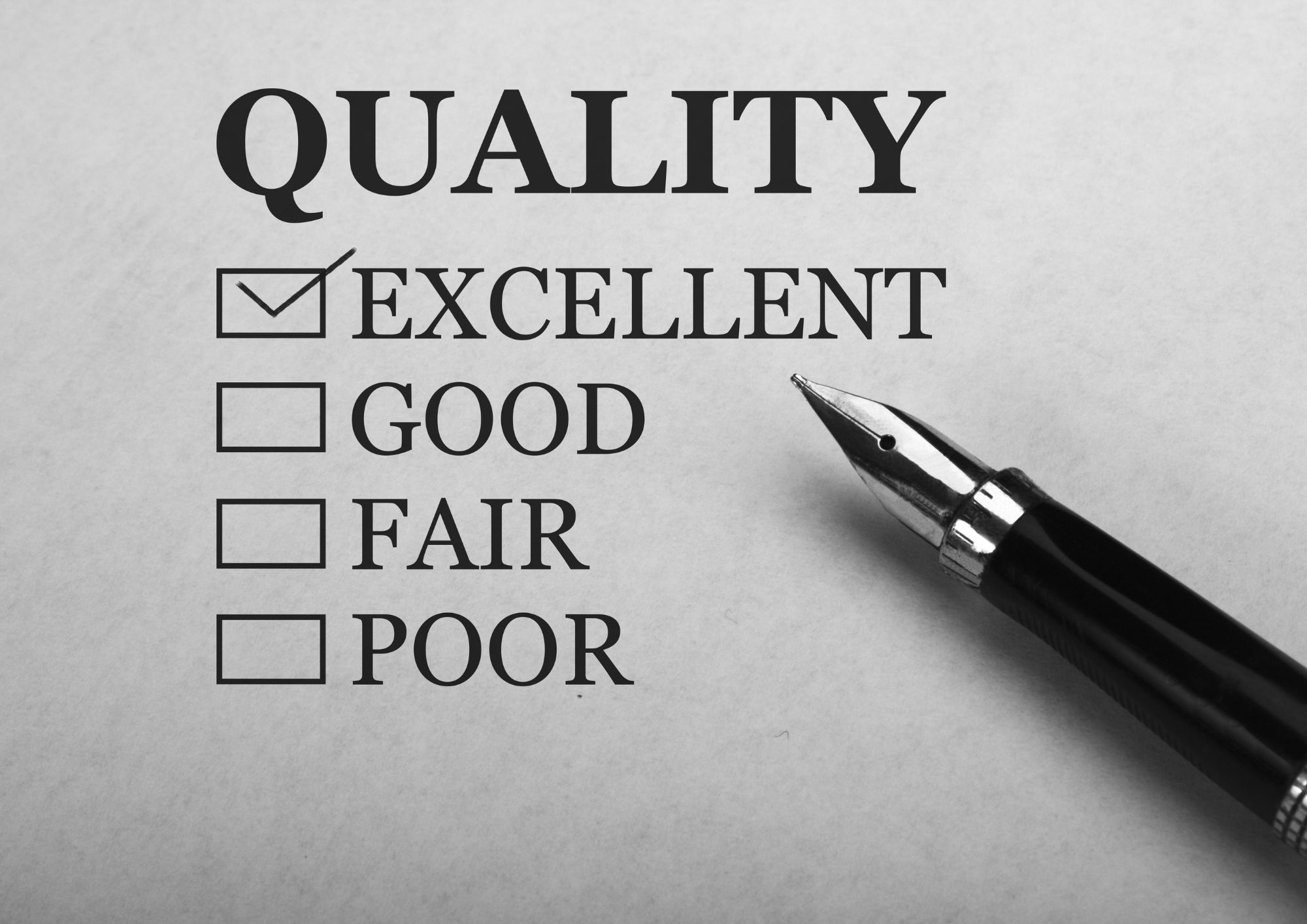Machine learning (ML) has become an essential tool in various industries, and manufacturing is no exception.
This article will discuss how machine learning in manufacturing is transforming process optimization and quality control, with a focus on real-world examples, programming codes, facts, and figures.
We will also examine the role of predictive maintenance in improving efficiency and reducing costs.
Machine Learning in Manufacturing
Machine learning, a subset of artificial intelligence, allows computers to learn from data without explicit programming.
In the manufacturing sector, ML algorithms can process vast amounts of data, identify patterns, and make predictions based on that information. Here’s how machine learning is being applied in manufacturing:
Process Optimization
- A. Predictive Maintenance: ML algorithms can monitor equipment and predict when maintenance is required. This reduces downtime, improves efficiency, and lowers costs. For example, Siemens uses machine learning to monitor the health of their gas turbines and predict potential failures.
- B. Supply Chain Optimization: ML can analyze historical data to optimize supply chain management, ensuring timely delivery of raw materials and finished products. A well-known example is Amazon, which uses ML to optimize their supply chain and improve delivery times.
Quality Control
- A. Defect Detection: ML algorithms can analyze images or sensor data to identify defects in manufactured products, reducing waste and improving customer satisfaction. For example, BMW uses machine learning to inspect paint quality on their cars.
- B. Product Design Optimization: ML can analyze customer feedback and suggest design improvements, enhancing product quality and reducing costs. An example is Autodesk’s generative design software, which utilizes ML to optimize product designs based on user requirements.
Programming Codes and Examples
Here are some programming codes and examples that demonstrate how machine learning can be applied in manufacturing:
Predictive Maintenance using TensorFlow:
import tensorflow as tf
from sklearn.model_selection import train_test_split
from sklearn.preprocessing import MinMaxScaler
# Load and preprocess data
data = load_data()
X, y = preprocess_data(data)
X_train, X_test, y_train, y_test = train_test_split(X, y, test_size=0.2)
# Scale the data
scaler = MinMaxScaler()
X_train = scaler.fit_transform(X_train)
X_test = scaler.transform(X_test)
# Build the model
model = tf.keras.Sequential([
tf.keras.layers.Dense(64, activation='relu', input_shape=(X_train.shape[1],)),
tf.keras.layers.Dropout(0.2),
tf.keras.layers.Dense(32, activation='relu'),
tf.keras.layers.Dense(1, activation='sigmoid')
])
# Compile the model
model.compile(optimizer='adam', loss='binary_crossentropy', metrics=['accuracy'])
# Train the model
model.fit(X_train, y_train, epochs=100, batch_size=32, validation_split=0.1)
# Evaluate the model
loss, accuracy = model.evaluate(X_test, y_test)
print(f'Accuracy: {accuracy * 100}%')
Defect Detection using OpenCV:
import cv2
import numpy as np
# Load the image
image = cv2.imread('path/to/image.jpg', cv2.IMREAD_GRAYSCALE)
# Apply Gaussian blur
blurred_image = cv2.GaussianBlur(image, (5, 5), 0)
# Detect edges using Canny
edges = cv2.Canny(blurred_image, 100, 200)
# Find contours
contours, _ = cv2.findContours(edges, cv2.RETR_EXTERNAL, cv2.CHAIN_APPROX_SIMPLE)
# Set defect detection criteria
min_area = 50
max_area = 500
# Loop through contours and identify defects
defects = []
for contour in contours:
area = cv2.contourArea(contour)
if min_area <= area <= max_area:
defects.append(contour)
# Draw defect bounding boxes
result_image = cv2.cvtColor(image, cv2.COLOR_GRAY2BGR)
for defect in defects:
x, y, w, h = cv2.boundingRect(defect)
cv2.rectangle(result_image, (x, y), (x + w, y + h), (0, 0, 255), 2)
# Save the result
cv2.imwrite('path/to/result.jpg', result_image)Benefits of Predictive Maintenance
Predictive maintenance, driven by machine learning, offers several advantages over traditional maintenance methods:
- Reduced downtime: By predicting equipment failures, manufacturers can schedule maintenance before a failure occurs, minimizing downtime.
- Lower maintenance costs: Early detection of potential issues can help avoid expensive repairs and extend the life of equipment.
- Improved operational efficiency: With better maintenance planning, manufacturers can optimize resource allocation and improve overall productivity.
Machine learning is revolutionizing the manufacturing industry by enabling process optimization and improved quality control.
Through predictive maintenance and advanced defect detection, manufacturers can significantly reduce costs, improve efficiency, and enhance customer satisfaction.
With continued advancements in ML, the potential for further innovation and optimization in the manufacturing sector is immense.
Remember to share this insightful article on machine learning in manufacturing with your colleagues and friends!
And don’t forget to follow us on social media for more interesting articles on technology and its applications in various industries.
Thank you for reading our blog, we hope you found the information provided helpful and informative. We invite you to follow and share this blog with your colleagues and friends if you found it useful.
Share your thoughts and ideas in the comments below. To get in touch with us, please send an email to dataspaceconsulting@gmail.com or contactus@dataspacein.com.
You can also visit our website – DataspaceAI



